Q&A with Dan, NVM Founder:
Why did you change the skids?
I have watched many companies "value engineer" what was good out of their products in the name of cutting costs. Producing things cheaper, and outsourcing parts of the job to drive cost down further. Often, this was at the expense of quality, or the expense of importing the components from overseas instead of making the parts in-house.
I have even had that suggested to our team as a way forward. Just do "Next Venture Lite" or "it doesn't have to be so premium."
No thanks.
We've always done just the opposite. Our engineering and design work is invested in making our products better, stronger, easier to install, and longer lasting for our customers... and, with upmost value to us, to continue making it every day in the USA, right here in our facility in Western Colorado.

What was wrong with the previous skids?
Nothing. They absolutely do their job. Is there room for improvement? I believe the answer to that question will always be yes. The old 5052 Alloy skids have carried my Jeep through some very tough trails over the past 4 years. Look up the "The Cut Off" trail in Western Colorado for example, and you'll find a rated 9 trail with the following description:
"At just over 300 yards long, this trail could leave your vehicle in pieces sitting on a trailer on it's way back to town. Colossal boulders will test the limits of your driving ability, and uncover any mechanical weakness your vehicle might have. Do not attempt this trail alone, and be prepared for body damage."
Above: One of our first 5052-H32 Aluminum Skid prototypes about to be installed on a 2018 JLU. This photo even pre-dates us attaching UHMW to the bottom - which changed everything - and let us slide over obstacles.
Why The Change?
When we talk about improving skids, we always have to ask: What is the skid plate's job? What would we consider a failure of the part to be? And, how can we optimize performance of the skid for its use case?
The job description of our belly skid includes preventing damage to the transfer case, transmission, engine and even fuel tank. Without fluid, those pieces fail to do their job either immediately, or quickly thereafter.
I have seen a transmission fail on the highway due to trail damage with a pinched shut trans cooler line. Another example -- a trans pan ripping open, resulting in a very long night of getting off a trail; followed by expensive repairs.
A recent experience: A JL steel belly skid dented so far up, that it had rubbed through the bottom of the aluminum transfer case. Had the steel flexed back into it's original position, perhaps it would have been ok instead of wearing through over time.
Everything has it's bending and breaking points. Our goal as designers and end users of these parts is to make a durable, long lasting, skid that gets us through the trail, and gets us home. If we can find a way to add years to the products life time, that's a win.
What does four years of product testing look like?
Pictured above is the set of skids off my 2018 JL 4 Door, in their final state before removal. Disclaimer: I did replace the engine skid in order to get the updated design in January. The rest of it however, is all original.

Above: My original skids, retired.
During removal I noticed a few things. The JL frame was holding these old skids into their shape a bit. Bowed, dented, and scratched, they were definitely not straight after four years of regularly hitting the trails.
But, they did their job: even on trails like The Cut Off, Billings Canyon, 21 Road, Chinaman's Gulch, Plan B, Triple 7s, and Holy Cross to name just a few.
I would say "not bad" for aluminum, but I've seen just as bad on multiple sets of steel skids that we have removed from other JLs.
After four years, I am proud to say we've had hundreds of customers that love the slipping and sliding UHMW, and have not had anyone call in with a punctured oil pan or cracked transfer case. Out of all the skids on the market, our UHMW skids have attracted some of the hardest users after all.
Above: A set of 3/16" thick mild steel skids. I have helped remove multiple sets of these to date, and found they held up remarkably similar to our 5052 Aluminum skids. However, that's with more weight and less clearance, hanging down further to accommodate retaining the factory fuel tank skid that we delete.
Even the frame has some damage; and I've seen this on an Ultra4 JL (#4699) and the Lite Brite Stepchild just the same. Again, everything has it's breaking point, and bending point. I found the bending point of the skids, and even the 1/4" steel formed crossmember that ties everything together in the middle.

Did it ever fold to the point of rubbing through the transfer case skid? No. Did it allow an obstacle to damage the drivetrain? No. Allow the terrain to rip a hole in the fuel tank? No.
But it did change shape over time. And, it kept it's dents; just like most aluminum alloy skids and mild steel skids you'll find on the market. How can we reduce that?

Above: A screenshot/frame from our "Throw Down." 7075-T6 flexing as a 40 lb custom steel projectile collided with it. We dropped this from 3 stories above. A moment later, the 7075-T6 returned to flat, and bounced our home made projectile away like nothing.
While the 5052 skids were still doing the job, we also have a job to do in the R&D department: to find ways to constantly improve. An extremely tough skid that can flex and pop back into it's original shape even after being subjected to a lot of force would be ideal.
7075-T6 Aluminum really excels here. There are two numbers that come up often when discussing the strength of materials: Tensile Strength (Ultimate) where the material fails, and Yield Strength where the material permanently deforms. Our breaking point and bending point respectively.
While we rarely see breaking points hit, we often see permanent deformation of common skid materials - even mild steel. 7075-T6 however has a yield strength of 73,000 PSI. A36 Steel, 5052-H32, and 6061-T6 aluminum - our other contenders - top out at 40,000 PSI for yield strength.
While it's not indestructible, it's a really clear choice for us to move forward with the 7000 Series Aluminum. This unique combination of nearly frictionless UHMW and breathtakingly strong 7075-T6 isn't something you'll find anywhere else.
We now have these available for the 4 Door JL 2.0, 3.6, 392 and JT 3.6 V6 applications!



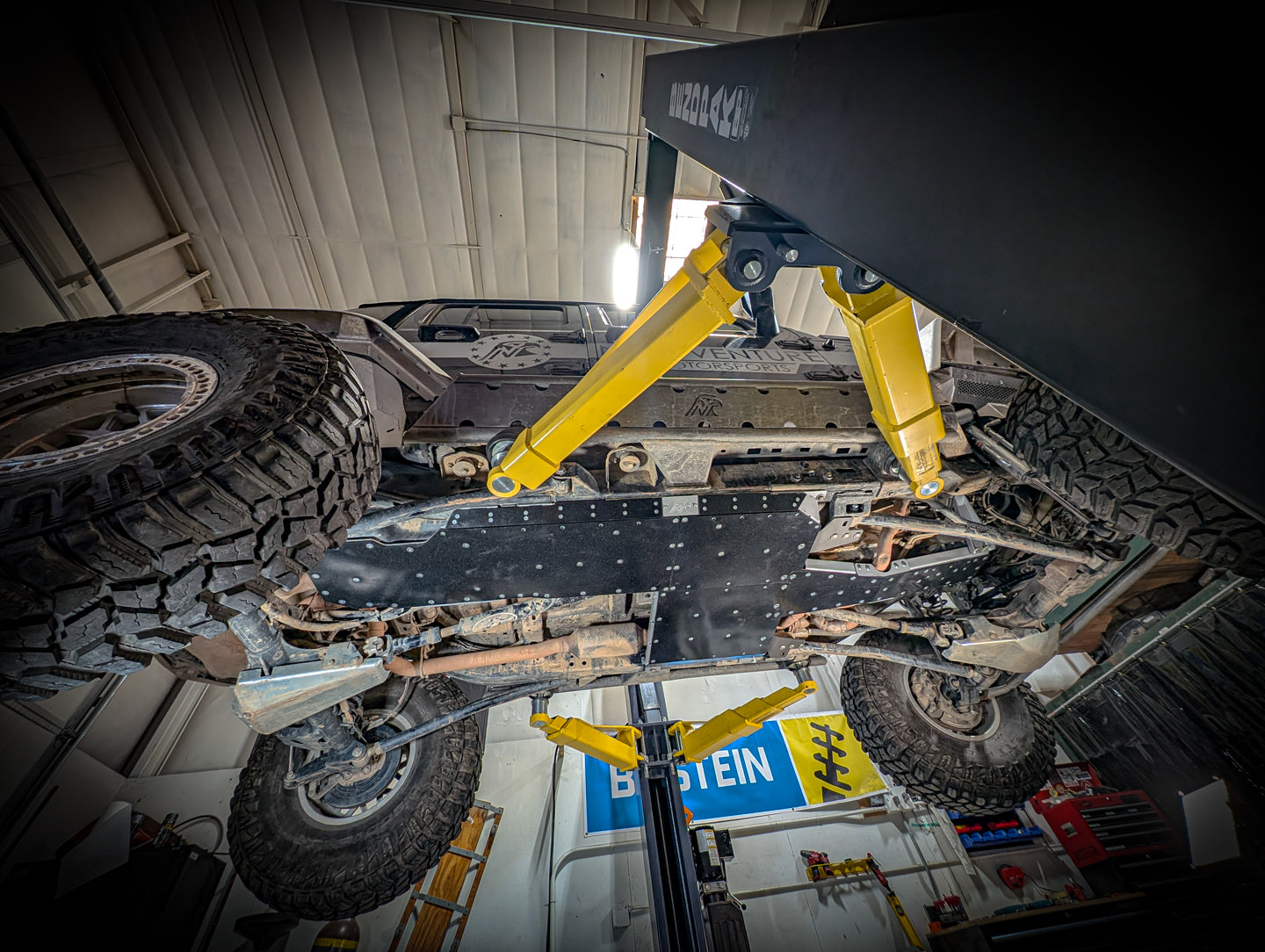

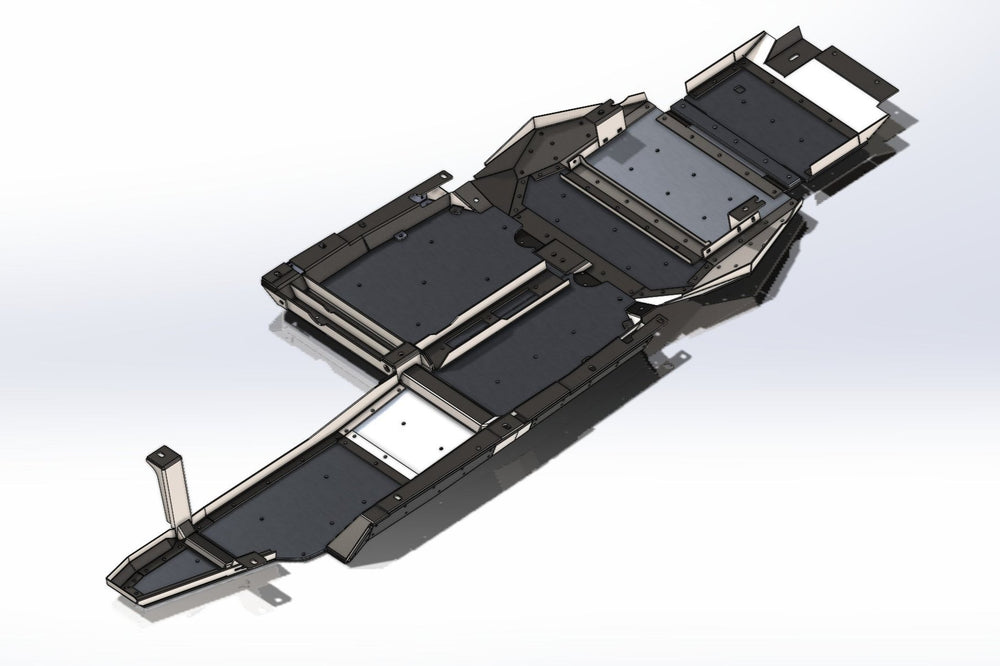




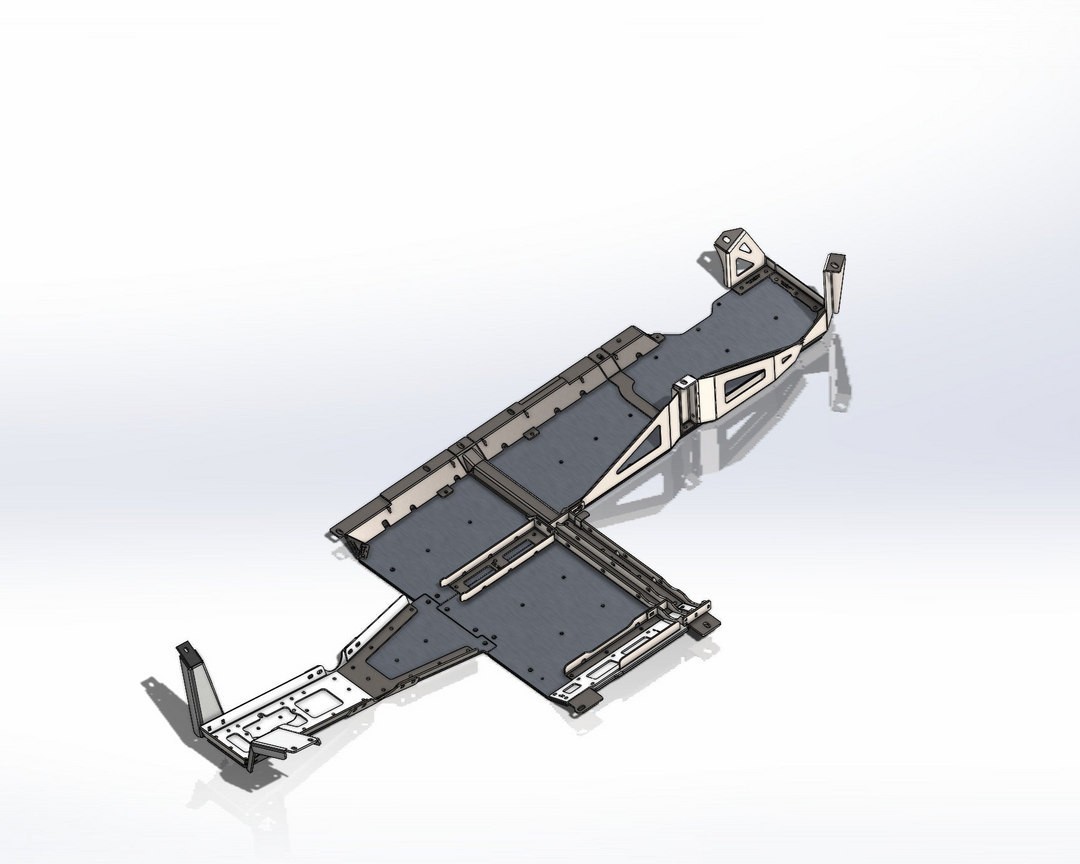
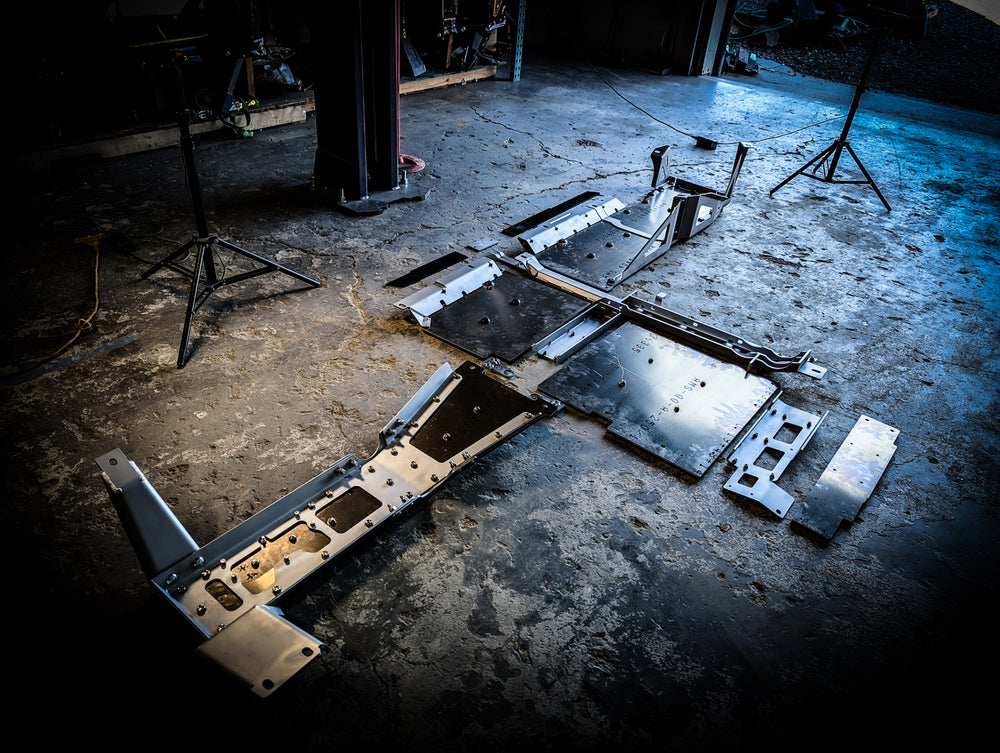
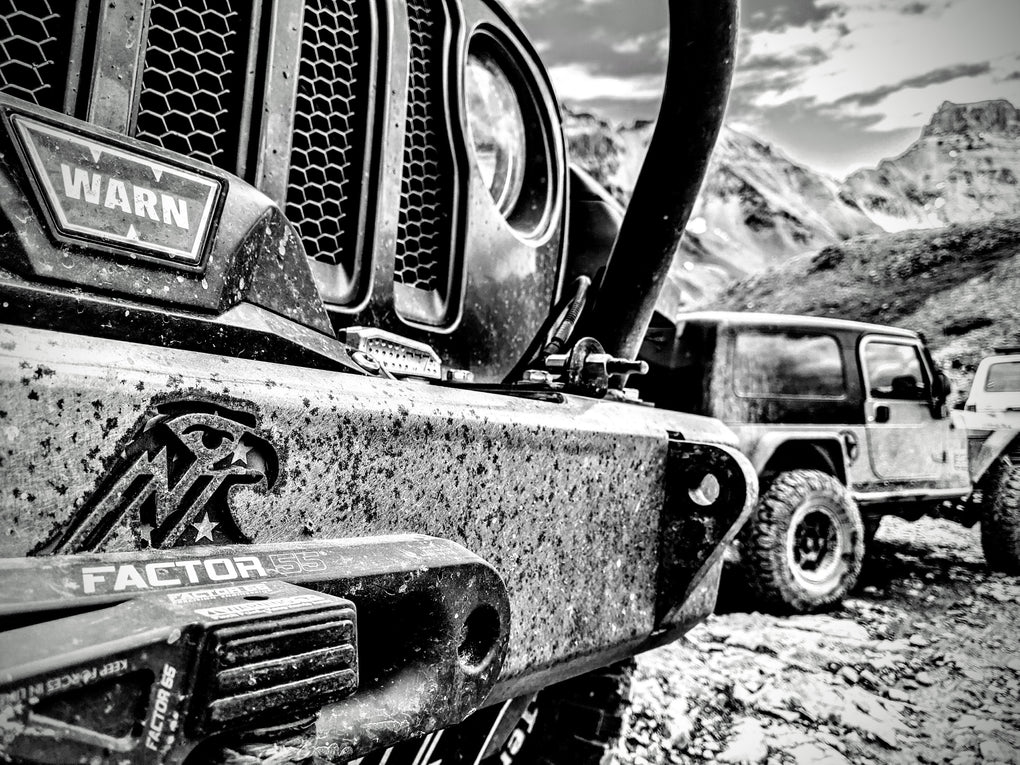
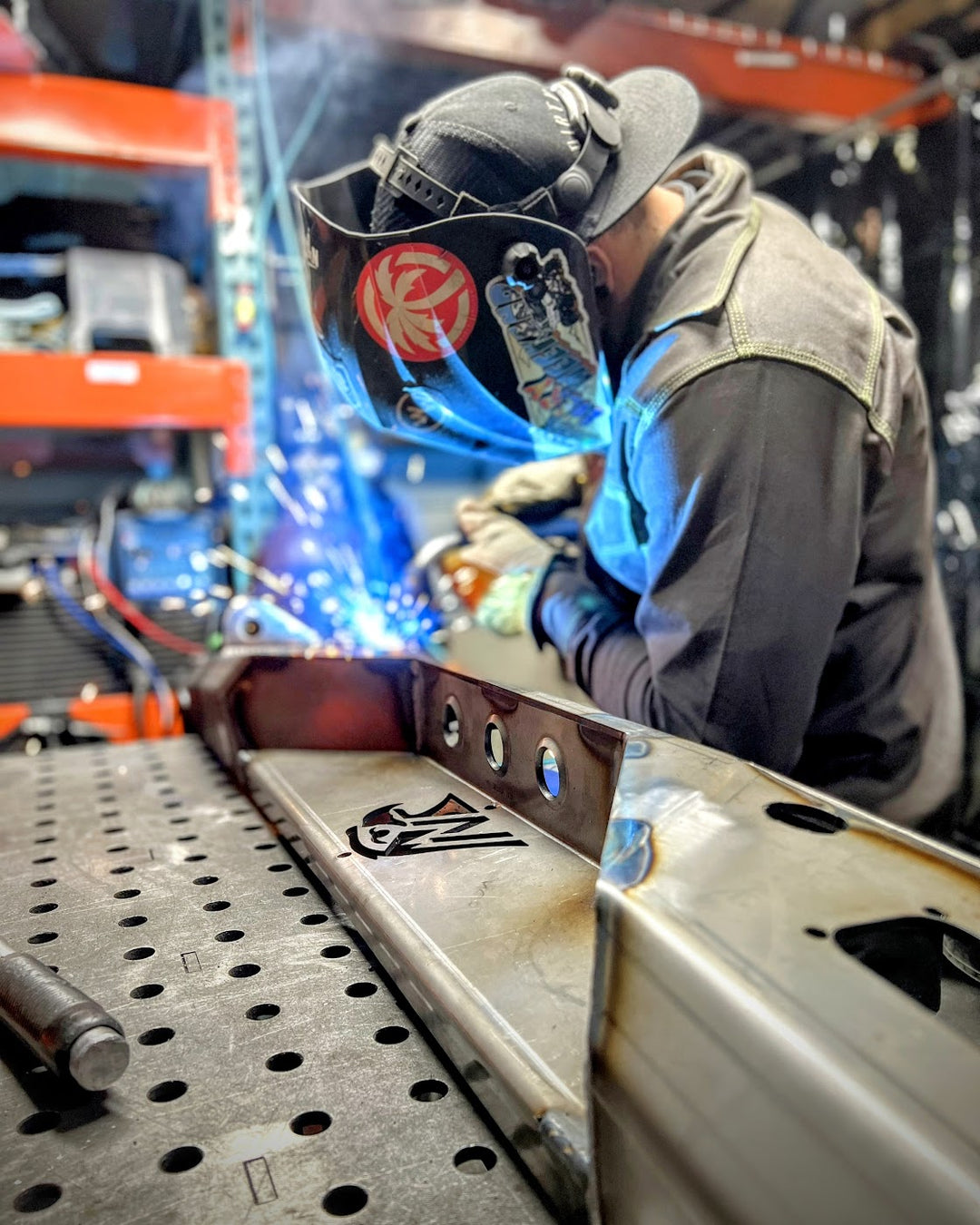
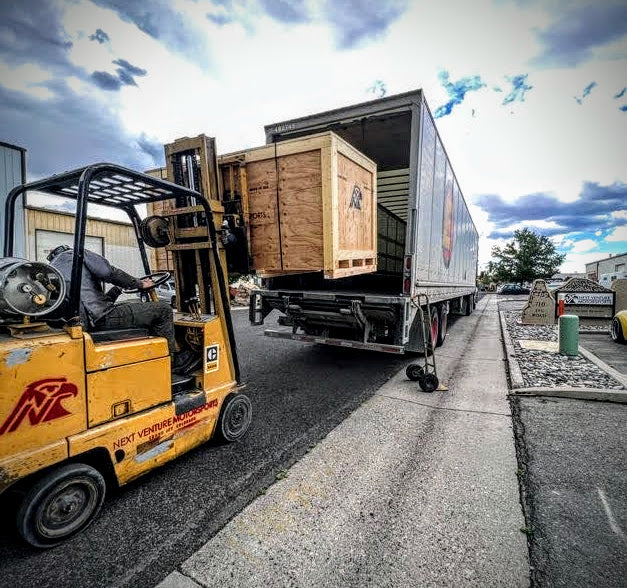
Leave a comment